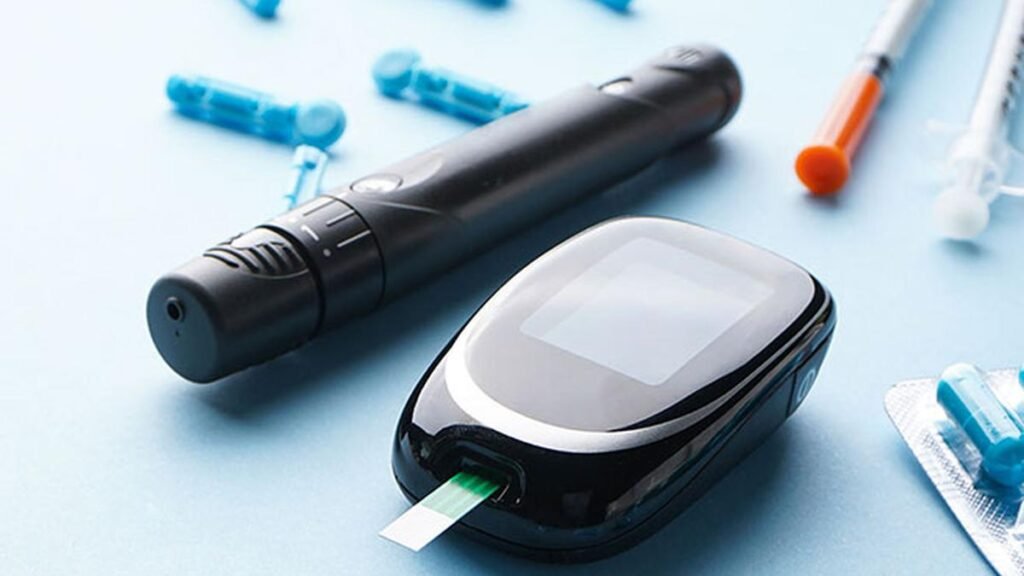‘Mittayi’ scheme is meant to provide painless and easy-to-use modern pen insulin, glucose monitoring, health treatment, and nutrition advice through paediatricians, nurses and dieticians under ‘Mittayi’ clinics.
| Photo Credit: Volodymyr Bushmelov
Parents of children with Type 1 diabetes in Kerala are worried about some recent changes in the implementation of the State Social Security Mission’s ‘Mittayi’ scheme.
The community-based project of the Social Justice department, launched in 2018, is meant to provide painless and easy-to-use modern pen insulin, glucose monitoring, health treatment, and nutrition advice through paediatricians, nurses and dieticians under ‘Mittayi’ clinics. There are over 5,000 children with Type 1 diabetes in the State. Around 2,000 among them aged below 18 with an annual family income under ₹2 lakh are included in it now.
P.T. Abdul Jaleel. general secretary, Type 1 Diabetic Welfare Society Kerala, says that slow-acting insulin is being given to the children aged above five instead of rapid-acting insulin, which was earlier being given to all the beneficiaries, from June this year. Rapid-action insulin takes around three hours to control the blood sugar levels while slow-acting insulin requires up to eight hours to do the job. The insulin cartridges distributed in a month too has been fixed though the patients may require higher numbers depending on their age and weight. Each cartridge of the type of insulin given now costs around ₹930 and the parents are forced to buy the additional ones on their own. Though the children need at least 210 blood sugar monitoring strips a month, only 50 are distributed through the ‘Mittayi’ clinics.
Practical difficulties
Mohammed Afroz, a diabetologist with Diamond Health Care, Vatakara, Kozhikode, says that the slow-acting insulin is not suitable for children aged up to 10 as there are practical difficulties. “Such children are usually found to be hyperactive. They may go out and play on the field. Their blood sugar levels may fluctuate during the day and it will be difficult to control it with the insulin type given now,” he says. He says that the children need to wait for half an hour after taking the injection to have their food. Those in the lower age group may find it difficult, Dr. Afroz adds.
Mr. Jaleel points out that the parents and the children are facing troubles in the morning hours because of this. During the afternoon lunch hours, the diabetic children are required to first check the glucose levels in their blood, then take the insulin injection, and later wait for half an hour to have their food. “Also, as the impact of the injection lasts longer on their bodies, most children are facing plummeting blood sugar levels, dizziness and seizures. Some of them often lose their consciousness,” Mr. Jaleel says.
Department officials, meanwhile, cite financial constraints for bringing in a different type of insulin injection. They claim that the number of beneficiaries are found to be increasing every year. The current budgetary allocation for the scheme is only around ₹3.8 crore. However, at least ₹10 crore will be required if the previous type of insulin, which is imported from abroad, and allied devices are distributed for all the beneficiaries, they add.
Published – July 24, 2025 08:47 pm IST

